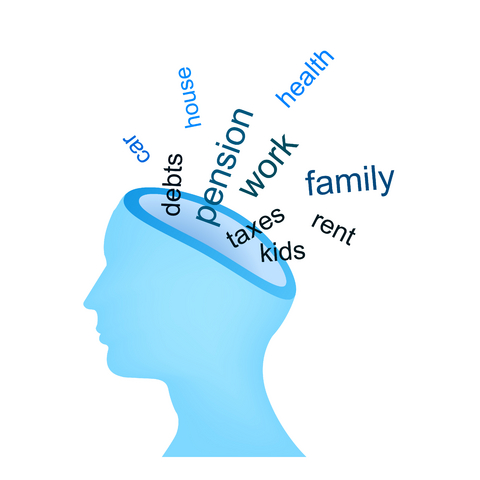A previous post on this site discussed the notion of “compassion fatigue” in the healthcare profession. In that post I questioned the notion that one can truly become fatigued from extending one’s compassion towards another human being.
When we think about how to show up either in life or – as in healthcare – at the bedside, it’s good to remember that compassion isn’t something foreign to our minds and our hearts, it’s not something “out there” that we have to get or acquire.
While there are times when we feel that to find even the smallest amount of compassion for certain people would be impossible, were we to rest our minds in meditative awareness at those moments, we might find it easier to evoke a genuine feeling of compassion.
Here are five ways to show up at the bedside (or in our daily life) in a compassionate way. I’m sure that there are many other techniques, but these five are a good start.
- The more present we are with our mind and less distracted by circumstances, the more easily we can attend to our patients. Therefore, the most immediate thing that we can do is to make sure that we are minimally distracted by our routine, shift, duties and such, and that we are focused solely on our patient as the object of our attention and compassionate intention. This state of minimal distraction is achieved by learning a method of bringing our mind back to the present moment – meditation!
- Once we’ve settled our mind and have directed our presence towards another person, the most immediate way that we can summon forth genuine compassion is to remember that the other person is no different from ourselves. Our patients are no different than we are in their desire to have happiness and to be free from suffering. So, when we encounter our patient(s), if the first thing that arises within our mind is “they are another me,” we will find an increase in our ability to attend to their needs.
- As we learn to see our patients as “another me,” we can begin to realize there are a lot more of “another me” in the world than “me.” This understanding brings us to realize that other people are more important than we are because they outnumber us. What?! That is, because there are so many of them and only one of us, our commitment to help others trumps our concerns about ourselves. This can be a tough idea to grasp; give it time.
- Imagine that with one breath, on the in-breath we could breath in the suffering of another, and on the out-breath give to them all of our happiness. Taking with the in-breath, giving with the out-breath. Breathing out benefit, breathing is suffering. Again, this may be a hard concept to wrap one’s mind around. This is an exercise in wishing that “if only” we could take on their suffering and give them our happiness, we would. No worries; I’ve been using this technique for years, as have countless others, and I’ve never suffered more because of it. In fact, I’ve suffered less because it’s given me a greater sense of empathy and compassion.
- Begin to use these techniques with others, with our family, friends, even with those who bother us. There is no end to the numbers of people who are suffering and are in need of our compassionate presence. In fact, because we have so much contact with those who are suffering, we have unlimited opportunities to practice a compassionate presence with others.
The extraordinary thing about engaging in practices like those listed above is that we are the ones who ultimately benefit from becoming more compassionate. Ongoing research has shown that as we “exercise the muscle” of compassion, we increase our ability to respond compassionately in a variety of settings and circumstances. So, by being compassionate with others, we derive 100% of the benefit for ourselves. Bonus!! Our patients experience a more present and compassionate person in who we are, and we experience a greater appreciation for ourselves.
How To Meditate
Maybe you’ve already got a meditation practice. If that’s the case, great! Keep it up. And feel free to use all of the content from this site to support you in your efforts. If you haven’t started to meditate, begin now.
Many people don’t meditate because they believe that they need to do “something special” in order to meditate, maybe you’re one of them. “Doing something” special isn’t the case. All you need is your breath, and a few minutes of time set aside to begin your practice. Here are some tools to get you started:
- Meditation audio for using your breath as the anchor of your attention during meditation.
- Ebook and two chapters from the book, Minding the Bedside: Nursing from the Heart of the Awakened Mind, on how to meditate.
- Here’s a pitch for my book, Minding the Bedside: Nursing from the Heart of the Awakened Mind. You can even buy it in a Kindle version! Why buy it? Because I really did write it for you. Because it’s a meditation book written just for nurses. And, because it has EVERYTHING that you need to learn how to meditate and to use your practice at the bedside.
This site has tons of tools for learning how to meditate and be compassionate.
I encourage you to look through the HUNDREDS of articles that I’ve written and especially check out my weekly meditation tips and other useful meditation materials provided for your health and well being. And please let me know if you’d like to discuss anything with me, have any questions or need clarification regarding anything that I’ve written about.






[…] it can be to remain at peace in the world, you’ll begin to find compassion for others. Meditation and compassion go hand-in-hand. Why is […]